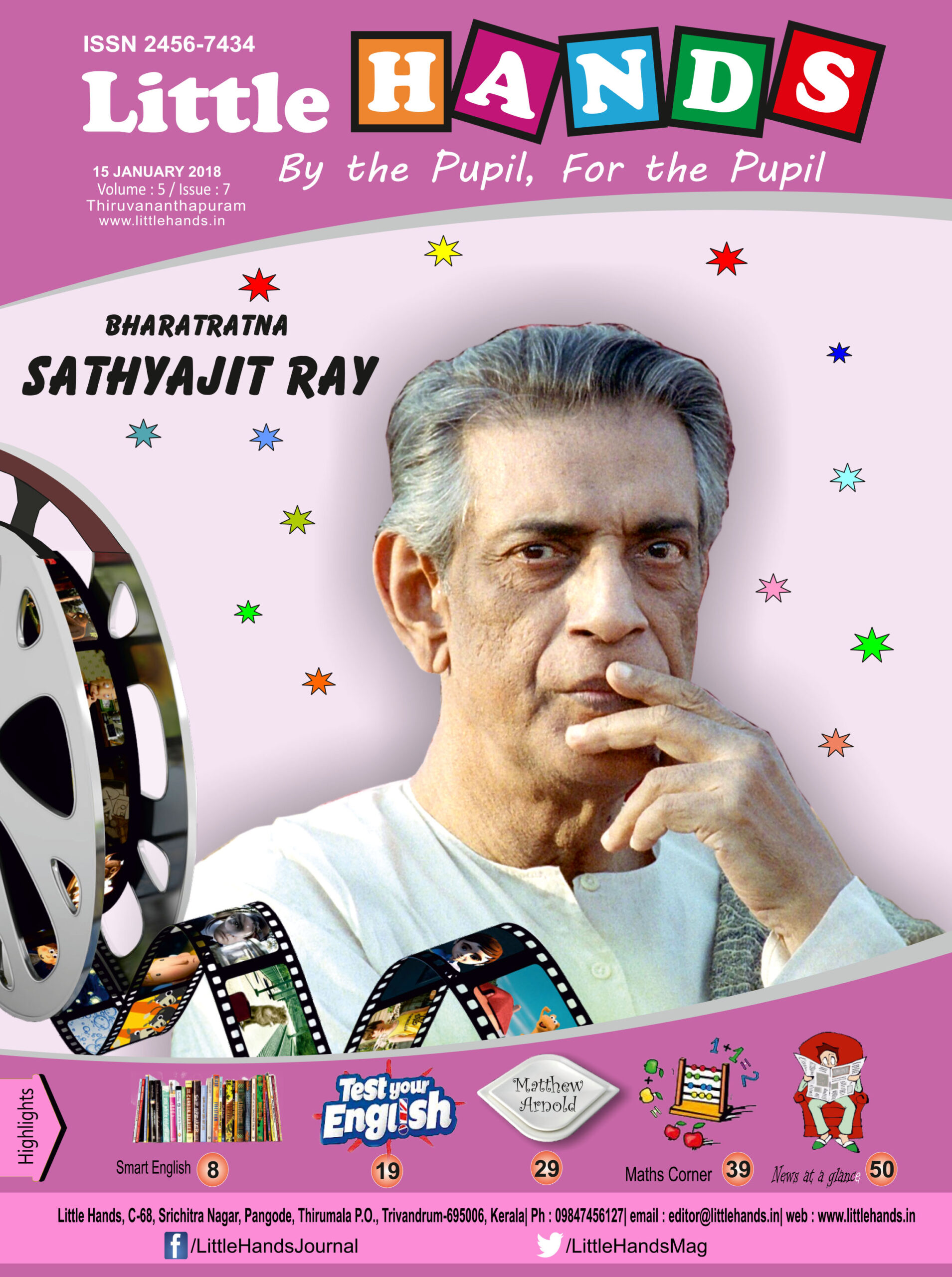Sathyajit Ray, India’s greatest director, was one of the finest gems of world cinema. His first film, ‘Pather Panchali’ is acclaimed as a classic and has won as many as eleven international prizes which include the Best Human Document Award at the International film, festival in Cannes.
It is interesting to note that Pather Panchali was denied permission to be shown at the New York Festival on the ground that it was a film ‘critics may praise but viewers despise’. The same festival authorities invited Roy’s second creation, ‘Aparajito’ for the next festival, with due regrets for their early decision.
It also merits mention that as a commercial artist he was entrusted with the pleasant task of illustrating Pather Panchali. He had done a number of sketches for the purpose which he used transforming the famed novel. He had also to surmount a number of difficulties before the actual filming was done.
Now, everything will read like a fable. Ray embarked on this venture with the help of a handful of his friends. He had to raise funds to loan a camera and other accessories and assemble on Sundays, but the schedule had to be cut short due to shortage of funds.
Ray raised some money by pledging his wife’s ornaments and selling a few precious volumes on film-making written by such Russian masters as Eisenstein and Pudovkin .
Even then, the amount did not surface and ‘Pather panchali’ was left incomplete. Moreover, no financier came forward to raise fund for a total new comer.
At last Ray sought the help of an ‘artist who influenced the West Bengal Govt. which undertook the task of completing the film on the ground that it highlighted the urgent need for rural electrification. Anyhow, the trick clicked and ‘Pather Panchali’ came out much to the joy of Ray and his friends.
However, there was a curious twist to this episode. When the film was screened almost world-wide, it earned as many as eleven awards. But never even once did Ray or his companions get an occasion to receive the cash prize. It was variably the monopoly of an official of the West Bengal Government!
This is all part of history. Ray went on creating ‘Aparajito’ and ‘Apu Sansar’ which complemented the renowned Apu Triology.
Soon followed a string of excellent films which established him as a reputed creator par excellence.
Altogether Ray made as many as 36 films which include documentaries and shorts. He has made a film on Rabindranath Tagore which is regarded as an artistic coordination of two of the great creators of India. Ray has also authored several stories and novels. He has earned fame as a music composer, illustrator and graphic designer.
It has to be noted that Ray was drawn into filmmaking after meeting French director Jean Renoir and viewing the Italian neo-realist film ‘Bicycle Thieves’ made by Vittoria De Sica. In fact Ray’s films have the imprint of neo-realism adding to their charm and appeal.
Ray’s novels and stories are still popular in Bengal, especially among teenagers. His Feluda is a much appreciated detective among young readers. Meanwhile, he has created ‘Professor Shonku’ a lovable scientist who is popular as well. Sandip Ray, his son, who is himself director, has recently ventured to make a film on Shonku.
Ray has received several accolades in his career. These include 32 Indian National Film awards, a Golden Bear, two silver Bears and an Academy Award. He also won an honorary degree by the Oxford University. The Government of India bestowed on him its highest civilian Award, the Bharat Ratna in 1992.

